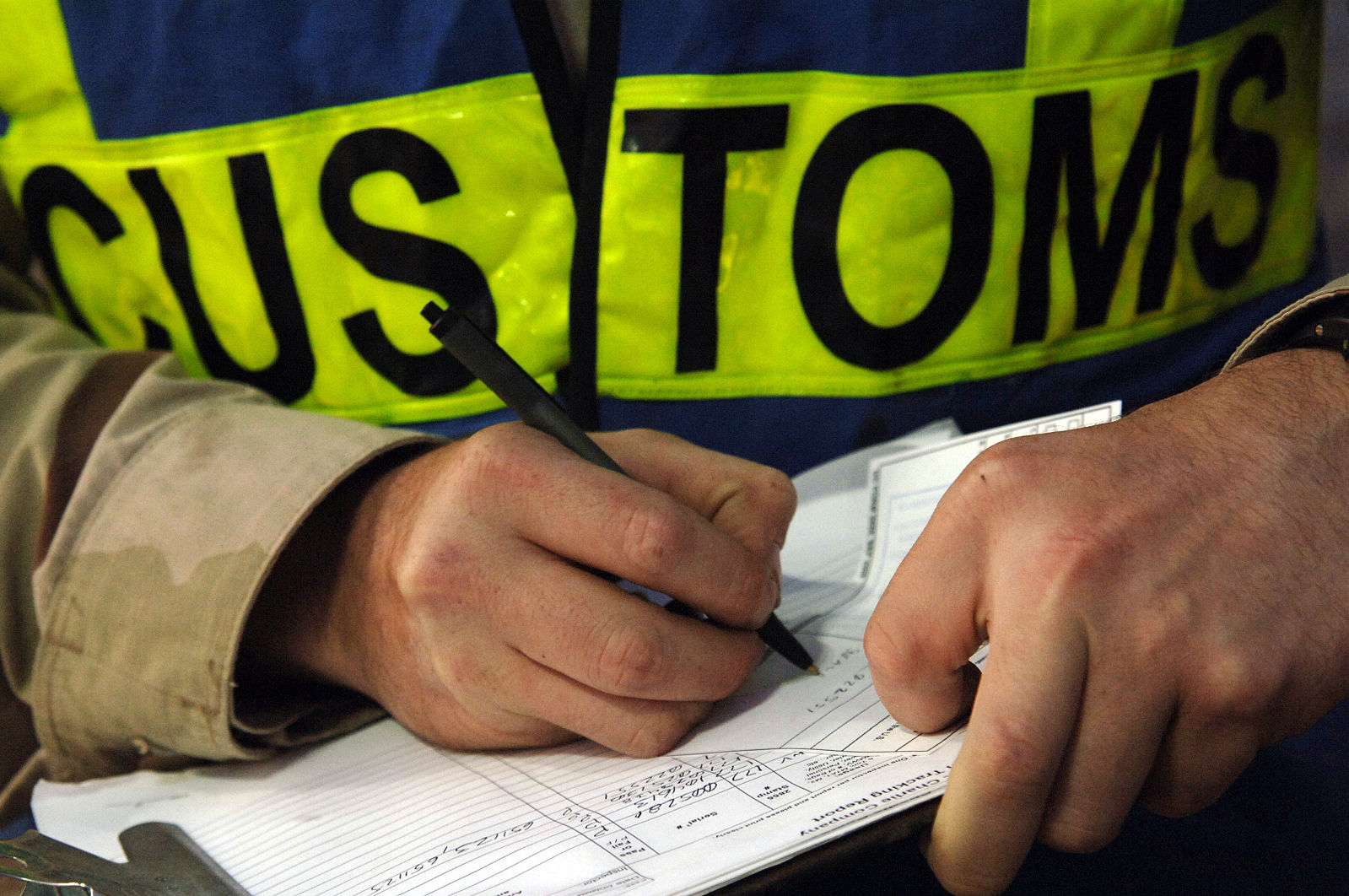
A fascinating report on Techdirt explains the how digital goods could become subject to border control. This has implications to 3D printing.
The change to the treatment of digital 3D models could come as a result of a legal battle between two companies specializing in 3D printed dental aligners. Aligners, of course, are 3D printed dental fittings that precisely match the patient and are perhaps one of the businesses most able to leverage 3D printing technology.
The nature of the legal conflict is interesting. Apparently, patents to most of the process are owned by the industry leader, Align. A competitor, ClearCorrect, performs a similar process – but certain steps, namely the creation of the digital 3D model, are offshored to Pakistan. These parts of the process are said to violate Align’s patents.
But those producing the digital 3D model in Pakistan are beyond the reach of US authorities. Meanwhile, these digital “products” are transmitted electronically to the USA where they are 3D printed and sold to customers.
It appears that US authorities are warming to the idea of treating digital artifacts in the same way as physical products, which are normally inspected at their border, in an attempt to contravene this type of violation.
If this practice expands, it could mean restrictions for the transmission for 3D printable models when traversing international borders in the future. That could significantly affect the free flow of 3D printing ideas, products and services. We’re particularly concerned about the burgeoning number of 3D model repository services, whose purpose is to distribute (and sometimes sell) 3D models worldwide. These companies could be required to implement expensive processes to deal with cross-border transmissions.
Another area of concern could be the design departments of any multinational manufacturer, where digital designs would be routinely tossed across borders during the normal course of business.
Perhaps it’s time for the 3D print industry to consider how this trend can affect their operations.

